Thelocactus Hexaedrophorus Seeds rare Cactus Seeds Pack of 20 seeds
₹199.00
In stock
SKU: Thelocactushexaedrophorus
Category: cactus and succulent seeds
Thelocactus Hexaedrophorus: Uncommon But Durable Cactus
Thelocactus hexaedrophorus is a tiny but fascinating cactus that everyone desires to cultivate. The cactus is round in shape, has distinct patterns, and flowers with beautiful blooms. If you are a fan of low-maintenance plants that bring sophistication to your garden, then you should consider this cactus.
| Number of Seeds | 15-20 Seeds |
|---|---|
| Sowing month | Feb to Oct |
| Blooming Month | April To Dec |
| Temperature | Above 30C |
| Sun | Full sun except may june |
What Does It Look Like?
This cactus is flat and rounder in shape with bumpy, elevated ribs. It turns blue-green or gray-green in color. This cactus has short spines diffused in the body. This cactus appears less thorny because it has sparsely scattered spines compared to other cacti. The cactus, in flowers, has beautiful pink or purple ones that are yellow-centered. The flowers help in making the cactus even better to its already dashing looks.
Where Does It Grow?
Thelocactus hexaedrophorus occurs in Mexico, where it inhabits dry, rocky ground. It thrives in well-sunned spots and nearly no water. For that, it’s an excellent choice for low-water gardens.
Thelocactus Hexaedrophorus How to Care for It
Hence It is not hard to care for Thelocactus hexaedrophorus. Simply follow these easy steps to keep it healthy:
- Give It Lots of Sunlight – It prefers the sun, so position it where it will receive plenty of light. If in the house, put it in front of a sunny window.
- Give It Well Draining Soil – It requires non-water-holding soil. Sandy soil or cactus potting mix is ideal also.
- Water Sparingly – Like all most cacti, it’s not a plant which likes water. Water only when the soil gets dry. Water even less in winter.
- Keep It Warm – It likes warm weather and can’t tolerate frost. If you are from a cold area, take it inside in winter season.
- Fertilize Regularly – Give it a cactus fertilizer every month when it is actively growing (spring and summer) to help grow it.
Why Grow Thelocactus Hexaedrophorus?
But There are many reasons that one should grow this cactus:
- It’s low maintenance. It is easy to plant even for a new gardener.
- It doesn’t need much water. This makes it a great choice for xeriscape gardens.
- It has beautiful flowers. The purple and pink flowers add a pop of color to any room.
- It is small and compact. You can plant it up or plant in smaller garden areas.
Final Thoughts
Thelocactus hexaedrophorus is an excellent cactus that brings beauty and a touch of elegance to any collection of gardens. It is simple to grow, and you can appreciate its interesting shape and beautiful flowers. Thelocactus hexaedrophorus is a wonderful cactus for any gardener also.
| Color | White |
|---|---|
| Germination Level | Hard |
| Hybrid or Open Pollinated | Open Pollinated |
| Growth Pattern | Globular |
| Ideal location | partial sun with white net |
| Origin Country | UK |
Be the first to review “Thelocactus Hexaedrophorus Seeds rare Cactus Seeds Pack of 20 seeds” Cancel reply
You must be logged in to post a review.
Related products
cactus and succulent seeds
₹249.00
cactus and succulent seeds
₹199.00
cactus and succulent seeds
Gymnocalycium mihanovichii seeds Variegated Seeds pack of 15-20 seeds
₹99.00
cactus and succulent seeds
₹199.00
cactus and succulent seeds
₹199.00


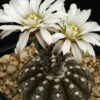

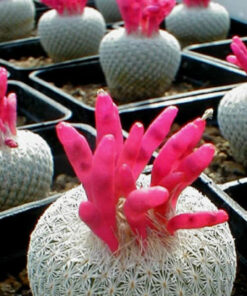
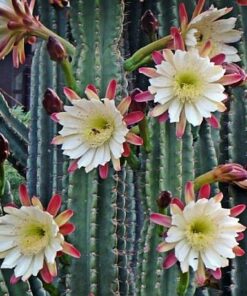
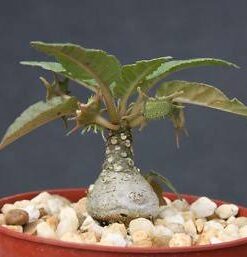

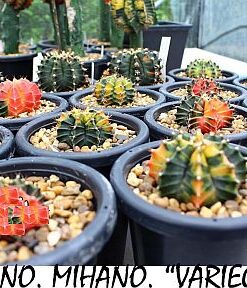
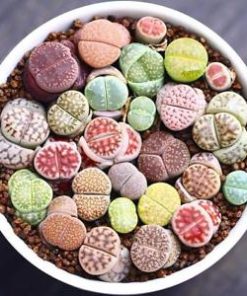
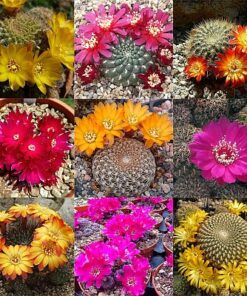
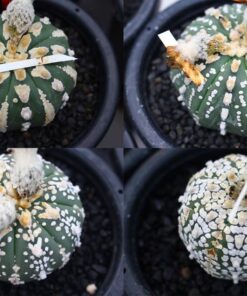
Reviews
There are no reviews yet.